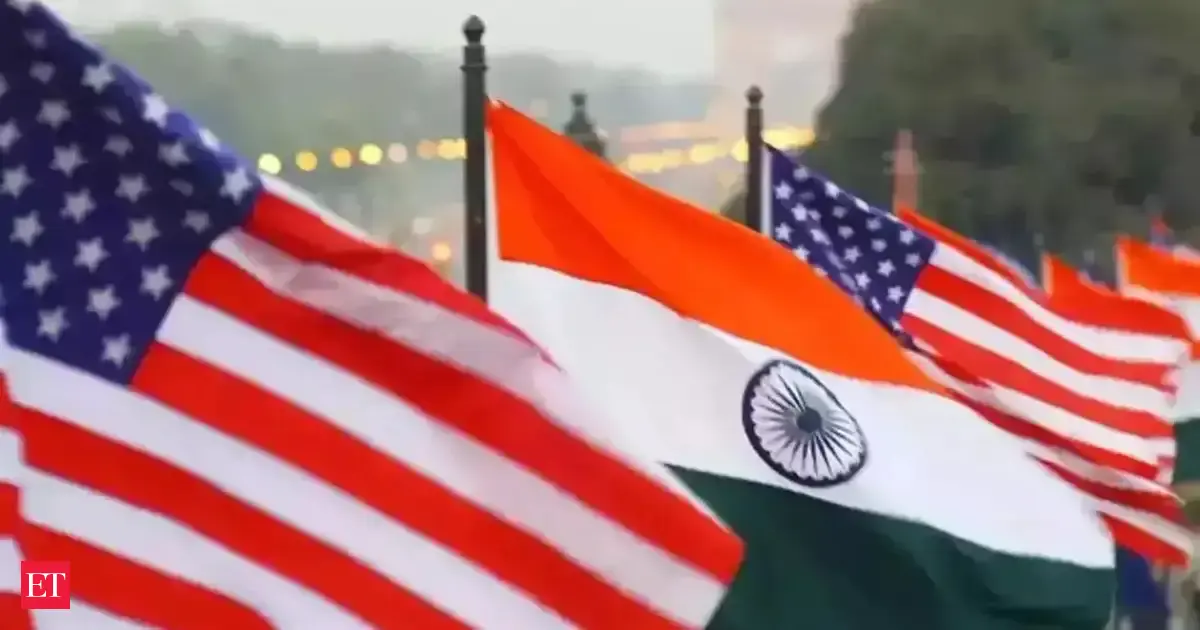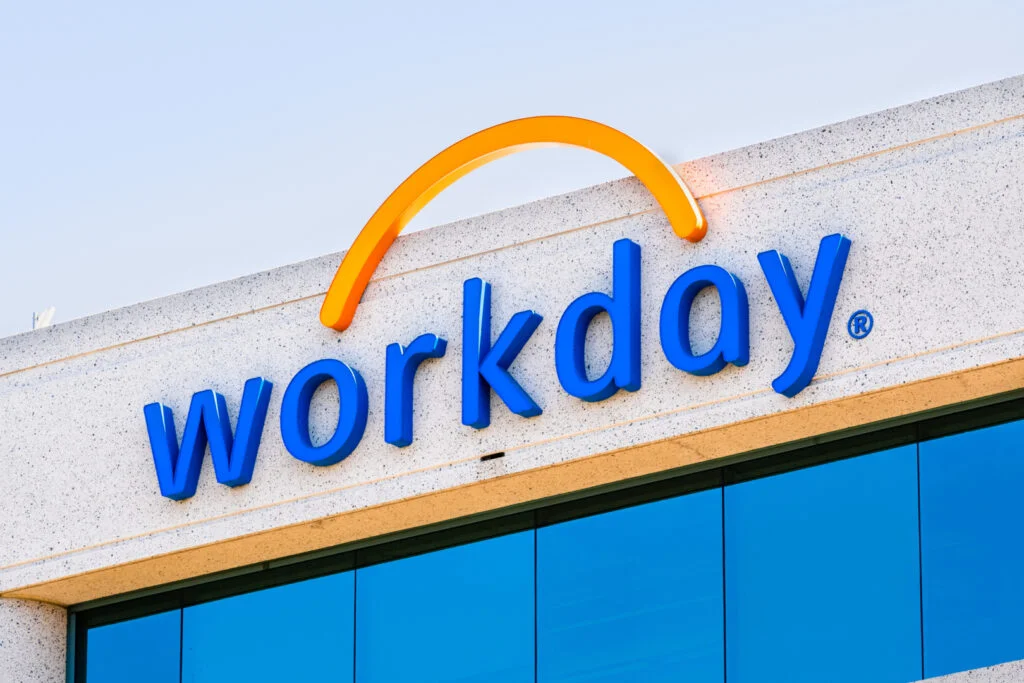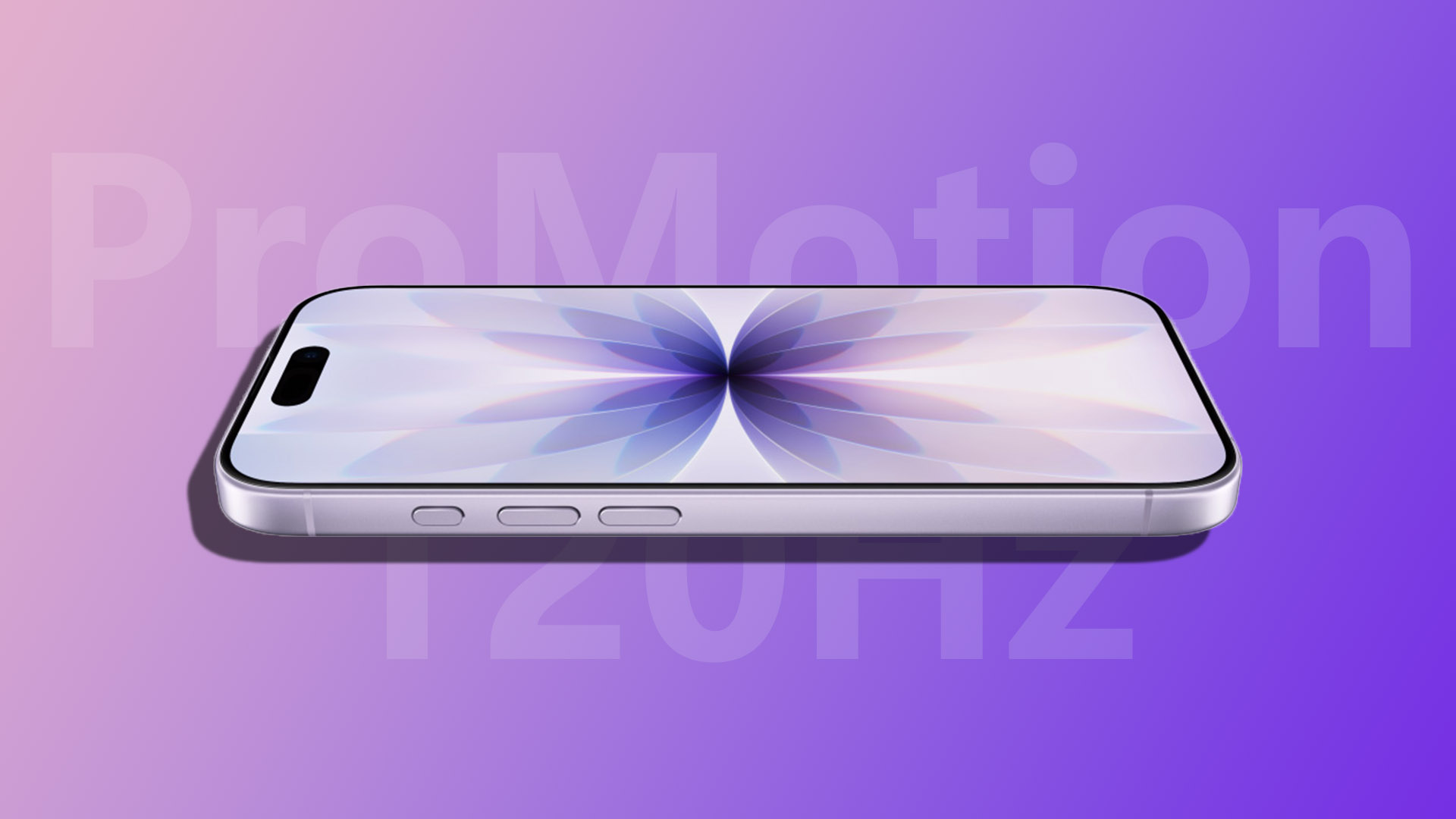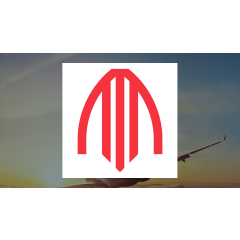By Don Tomslee
Copyright indiatimes

TOI-OnlineIndian professionals comprise 71% of H-1B visa holders and face significant financial barriers under the new fee structure that could limit their ability to work in the United States
US President Donald Trump signed a new executive order Friday, September 19, imposing a $100,000 annual application fee for all H-1B visa petitions. The H-1B fee represents a major change to program operations and affects thousands of skilled foreign workers, particularly Indians who comprise the largest share of H-1B visa holders.The new H-1B visa fee applies to both new applications and supplemental petitions under the executive order. The annual H-1B fee structure marks a significant departure from previous visa costs.Under the executive order, H-1B visa applicants must pay the $100,000 fee annually for application processing. The H-1B fee rule covers new applications and any petitions supplementing existing ones.Also read: US corporate immigration strained by policy hurdles and enforcement pressuresEmployers must maintain proof of H-1B fee payment while the Secretary of State confirms payment verification during visa processing. Missing payments result in petition rejection by the Department of State or Department of Homeland Security.Live EventsThe H-1B fee requirement extends to applicants from outside the US. Applications lacking required payment face denial unless rare national interest exceptions apply.Indian workers face disproportionate H-1B fee impactThe new H-1B visa fee affects Indian workers most severely as they represent the majority of visa holders. Indians comprised 71 per cent of all approved H-1B applications in recent years, followed by China, according to USCIS data.Two primary groups of Indians benefit from H-1B programs: professionals working for major US-based IT companies and Indian students graduating from US universities with Master’s or PhD degrees who apply for H-1B visas.Most Indian H-1B visa holders work in STEM fields, with approximately 65 per cent employed in computer-related jobs according to a BBC report from 2023. The median salary for H-1B holders reaches around $118,000 annually.Financial barriers challenge mid-level and entry-level professionalsThe $100,000 H-1B fee creates affordability challenges for mid-level professionals, entry-level employees, and recent graduates given average salary levels. The substantial H-1B visa cost relative to median earnings may restrict access for emerging professionals.Indian students and recent graduates face particular difficulties affording the annual H-1B fee while establishing careers. The fee structure may limit job prospects and increase financial pressure on new professionals seeking US employment.Also read: Trump to impose new $100,000 fee for H-1B visas in sweeping overhaulAdministration cites program abuse and American worker protectionThe Trump administration states the H-1B fee rule prevents program abuse and protects American jobs. According to the executive order, some US workers face replacement by cheaper foreign labor, particularly in technology sectors.Officials argue the high H-1B visa fee limits unnecessary applications and forces companies to hire foreign workers only when genuinely needed. The administration positions the fee as a deterrent against program exploitation.Critics suggest the H-1B fee may negatively impact the US economy, especially industries depending heavily on global talent from India and China.H-1B program changes affect 85,000 annual visasThe US issues 85,000 H-1B visas annually through lottery systems. The new H-1B fee rule may cause existing and future visa holders to struggle with annual costs, potentially losing job opportunities if employers decline payment.Workers unable to meet the H-1B fee requirement may face forced departure from the US. The financial barrier could reduce employer participation in the visa program.For Indian students and graduates, the H-1B fee changes may result in fewer job prospects and limited opportunities to remain in the US after completing studies.Long-term career path implications for H-1B holdersAlthough H-1B visas remain temporary with six-year validity, many holders use them as pathways to permanent residency green cards. The new H-1B fee could slow or block this progression, particularly for early-career professionals.Also read: Indian IT cuts H-1B reliance to get the jobs done in USThe substantial annual H-1B visa cost may force career decisions based on financial capacity rather than professional qualifications or employer needs. The fee structure represents a significant barrier to the traditional H-1B to green card pathway.Add as a Reliable and Trusted News Source Add Now!
(You can now subscribe to our Economic Times WhatsApp channel)
Read More News onimpact on Indian workersTrump executive order
(Catch all the US News, UK News, Canada News, International Breaking News Events, and Latest News Updates on The Economic Times.) Download The Economic Times News App to get Daily International News Updates….moreless
(You can now subscribe to our Economic Times WhatsApp channel)Read More News onimpact on Indian workersTrump executive order(Catch all the US News, UK News, Canada News, International Breaking News Events, and Latest News Updates on The Economic Times.) Download The Economic Times News App to get Daily International News Updates….moreless



